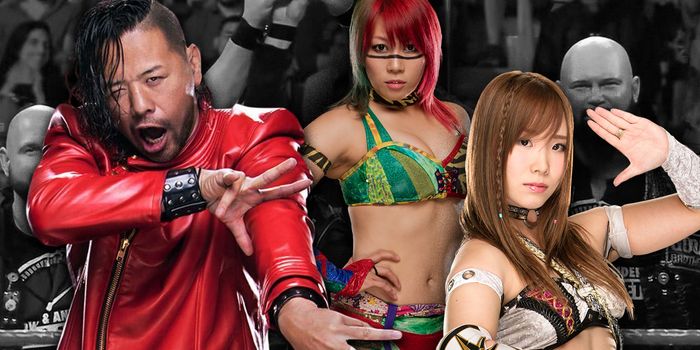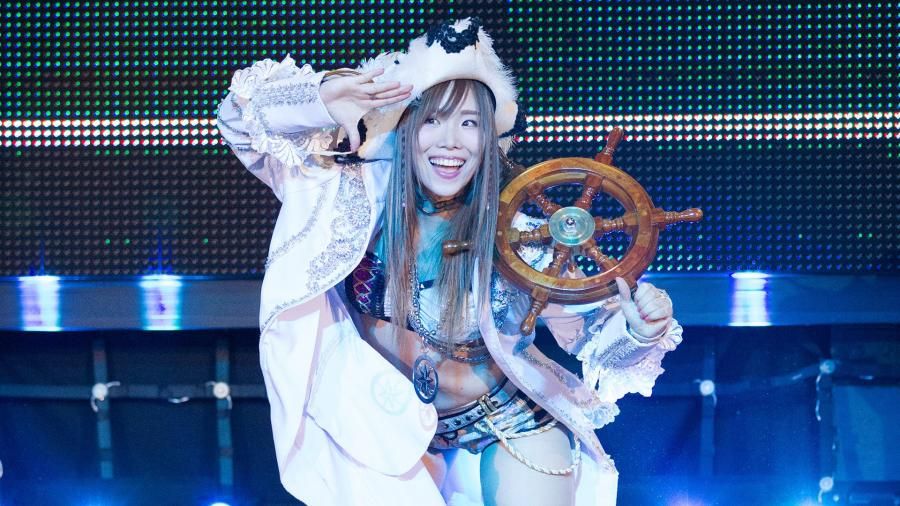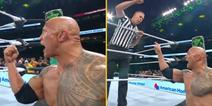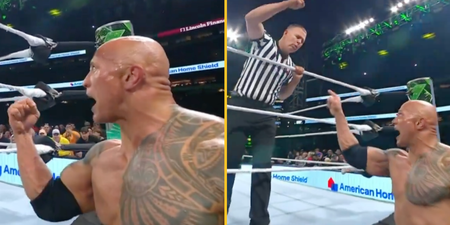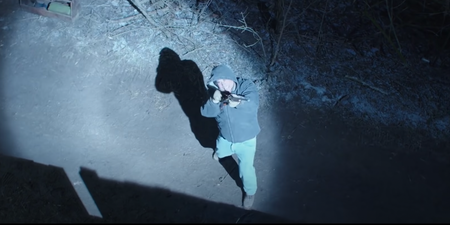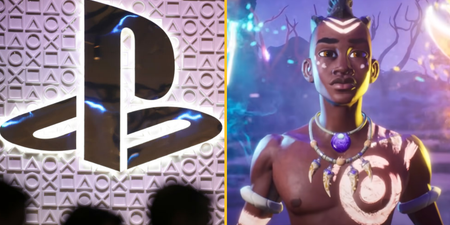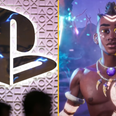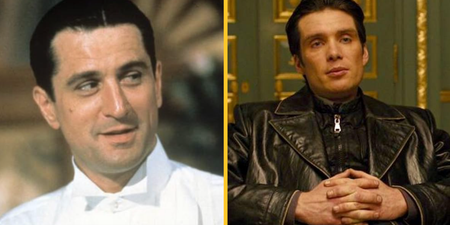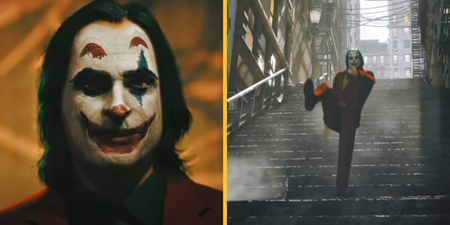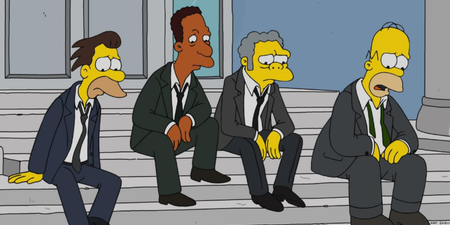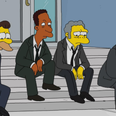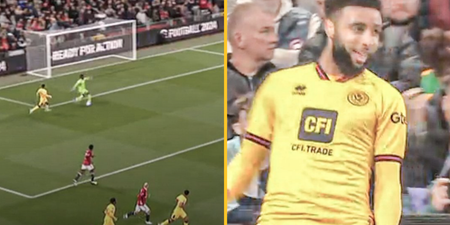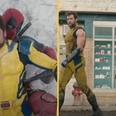Shinsuke Nakamura and Asuka are just the tip of the iceberg.
Last week’s WWE Royal Rumble was notable for several reasons. It featured the first ever women’s Rumble match, and Ronda Rousey also showed up. But the most striking thing was the choice of winner for both Rumbles: Japanese wrestlers Shinsuke Nakamura and Asuka.
Winning the Royal Rumble has often been a sort of coming out party for talent, like the company saying “This guy is A Big Deal that we are fully behind”. And this year – for it to be two Japanese competitors – it seemed like the culmination of something that’s been bubbling in the wrestling world for quite a while.
Vince McMahon has a long history of reducing foreign wrestlers to simple stereotypes, and Japanese imports have rarely escaped that fate. Yokozuna, the most high profile ‘Japanese’ star in WWE history,was actually a Samoan guy in a kimono. Actual Japanese grapplers fared no better. Kai En Tai were a team of cool AF badasses in Japan, but when they arrived in WWE they had their promos ‘hilariously’ dubbed like a bad kung fu movie, and notoriously tried to cut off Val Venis’ dick with a samurai sword. Kenzo Suzuki was given a blushing geisha girl and made to battle rap John Cena in broken English. Ultimo Dragon tripped over his own cape at Wrestlemania XX. Only the ‘Japanese Buzzsaw’ Tajiri managed to have a decent and respectable time in the company, and even then he rarely got higher than the lower midcard.
Look now at the difference in how Shinsuke Nakamura and Asuka are presented on screen. They are brash, wild, fascinating characters, whose Japanese-ness is only a tiny facet of their persona. There are some small nods to their homeland: Asuka wears a Kabuki mask to the ring, and the chilling violin on Nakamura’s entrance theme recalls traditional kokyu music. But none of that defines them. Nakamura is a gyrating cross between an MMA striker and Freddie Mercury, who dresses like Michael Jackson and kicks people’s faces off. Asuka is a terrifying glam rock demon lady with pink and blue hair and the most evil smile in wrestling, and dresses like a scary 80s business woman when she’s not in the ring.
Notably, neither of them speaks perfect English. Yet this is never presented as an issue. As well as both being brilliant in-ring, they are both two of the most naturally charismatic and enthralling people in all of sports entertainment. And WWE knows they don’t need to say much to get over. You just need to see Nakamura’s sexy, surreal slither to the ring, or Asuka to look at the camera and stare directly into your soul, and you’re hooked.
Shinsuke Nakamura made his name in New Japan Pro Wrestling, the top wrestling company in the Japan and now probably the second biggest in the world. The history of NJPW is long and storied, but in the last five years or so has had arguably the greatest stint of any pro wrestling organisation in history. Stars like Hiroshi Tanahashi, Kazuchika Okada, Tetsuya Naito and the Canadian Kenny Omega have excelled wrestling ‘Strong Style’ – hard-hitting, long matches without the all the in-ring skits and backstage antics WWE is known for. The stories tend to be told in the matches themselves as opposed to on the microphone (making them accessible to non-Japanese speakers), with 30 minute bouts paced like action movies commonly headlining the card.
Thanks to the rise of online streaming, Western fans have now been able to watch New Japan with relative ease, and its impact has been felt in America. They have their own streaming service (NJPW World), similar to the WWE Network, that’s available worldwide, and now have even English commentary on the biggest shows. And an active fan community translates promos and press conferences. You just have to scroll through all the New Japan gifs shared on Twitter and Tumblr to see the growth of its Western fandom.
WWE has taken notice. Asuka and Nakamura are far from the only Japanese wrestlers currently tearing up the company. Hideo Itamai – who’s hard-hitting moves inspired CM Punk and Daniel Bryan – was actually signed before Nakamura in 2014, and while injures have hammered his progress, he looks set for a strong 2018. Anime pirate princess Kairi Sane won the first Mae Young Classic tournament last year, and is making waves in NXT. Akira Tozawa is one of the main faces of the cruiserweight division. And crucially, all of them are portrayed as unique, distinct personalities. None of them are defined by their nationality or ethnicity.
It’s not just the Japanese guys who WWE are snapping up, either. Facing up to Nakamura in the final four of the men’s Rumble was the Irish-born Finn Balor, who despite growing up in Bray is a product of the New Japan Dojo, having moved to Tokyo in his early 20s. While in Japan, he formed the ‘Bullet Club’ – a villainous staple of evil Western wrestlers, who are responsible for a large part of NJPW’s worldwide fanbase. Their instantly iconic t-shirt flies off the shelves of mall-goth chain giant Hot Topic and have been sported by various trendy DJs. After WWE lured Balor to America in 2014, his place as Bullet Club leader was taken by former TNA star AJ Styles. Two years later, Styles himself was also poached, alongside Nakamura and Bullet Club mainstays Karl Anderson and Luke Gallows, in a major talent snatch – AJ is now WWE Champion and one of the biggest names in the company.
And it keeps growing. Last month, Chris Jericho fought his first non-WWE match since 1999 to face current Bullet Club head Kenny Omega at WrestleKingdom, New Japan’s biggest show of the year. A few weeks later, when Jericho appeared on Raw’s 25th anniversary show, he sneakily wore a Jericho/Omega t-shirt.
Of course, we don’t know how long this will last. Shinsuke Nakamura and AJ Styles are set to face each other at this year’s Wrestlemania, in a rematch of their classic WrestleKingdom encounter from 2016. But WWE is prone to changing things on the fly, and plenty of pessimistic fans wouldn’t be surprised if it ended up being bumped down the card and being overshadowed by Ronda Rousey. Whenever ratings take a dip they tend to panic, and switch the focus back John Cena or Triple H. But whether this is a blip or a revolution, the Japanese influence is one of the most exciting things to happen to WWE in a long time.
